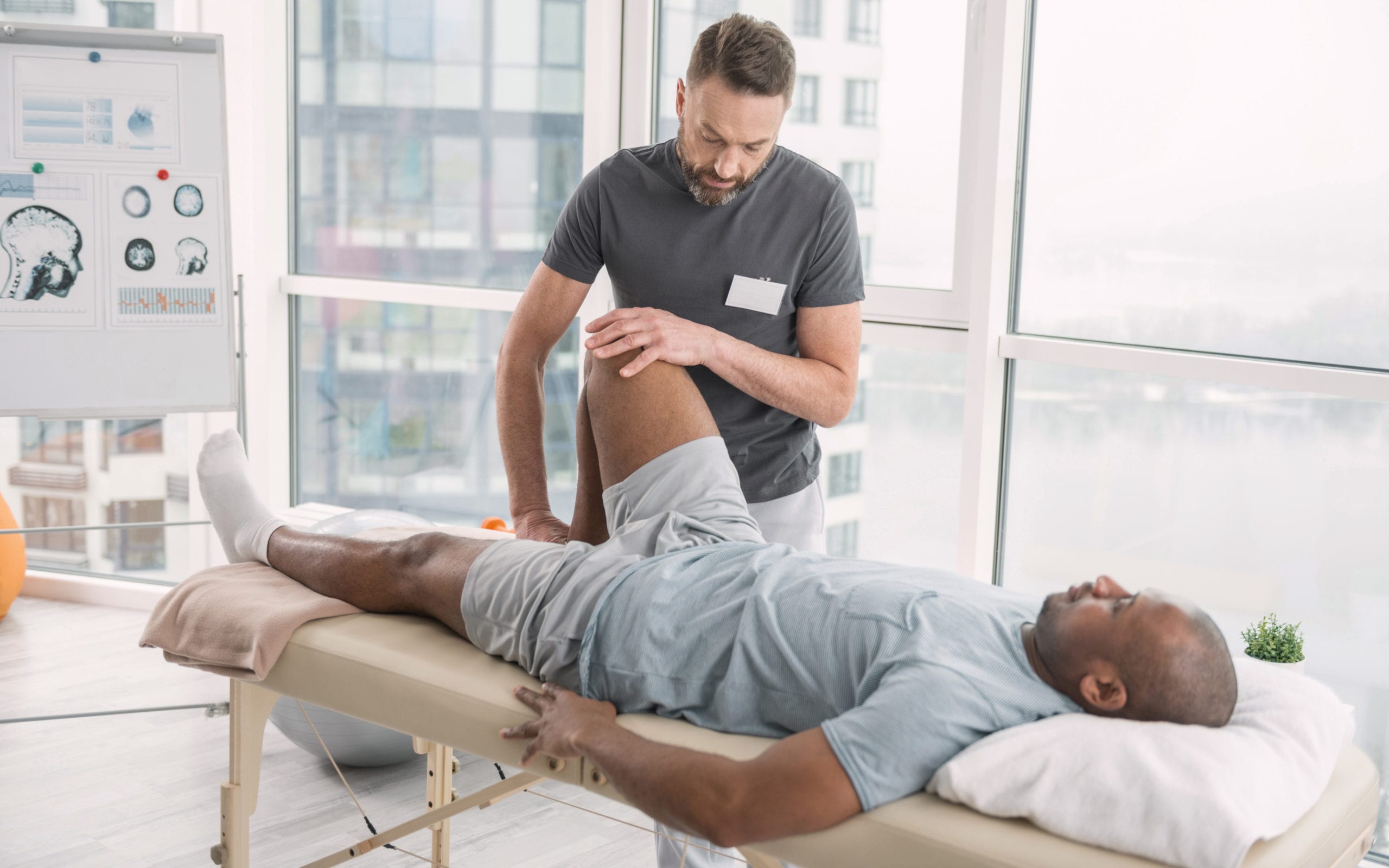Investigating the Impact of Hands-on Therapy Methods on Alleviating Muscle and Joint Discomfort and Enhancing Patient Results
Investigating the Impact of Hands-on Therapy Methods on Alleviating Muscle and Joint Discomfort and Enhancing Patient Results
Blog Article
Hands-on treatment methods are hands-on methods used by medical professionals to treat musculoskeletal discomfort. These methods include different forms of adjustment and movement of the human muscle tissue and joints. The goal of hands-on therapy is to relieve discomfort, enhance mobility, and enhance overall performance. Numerous people suffer from musculoskeletal discomfort due to injuries, poor alignment, or conditions like joint inflammation. By applying manual treatment, practitioners aim to tackle these concerns and help patients recover their quality of living.
One common hands-on therapy technique is spinal manipulation. This technique involves using precise pressure to the vertebral column to enhance alignment and reduce pain. Research has shown that spinal manipulation can be effective in managing lumbar back pain and neck pain. Another method is gentle connective tissue manipulation, which concentrates on reducing tightness in the muscle tissue and connective structures. This can help reduce rigidity and enhance range of motion, making it simpler for clients to navigate without pain. Both methods can be customized to satisfy the individual requirements of each client, ensuring a custom method to treatment.
In furthermore to pain alleviation, hands-on treatment can improve patient outcomes in various ways. For instance, it can improve blood flow, which helps supply nutrients and essential elements to the injured regions of the system. Improved circulation can also promote healing and alleviate swelling. Additionally, manual therapy can help patients gain enhanced physical consciousness, which is crucial for preventing future injuries. By understanding how their bodies move, clients can make better knowledgeable decisions about their activities and alignment, leading to long-term benefits.
The effectiveness of manual treatment is often backed by client responses. Many individuals report notable improvements in their pain levels and overall function after receiving treatment. This look at this site favorable reaction can lead to increased motivation for patients to engage in physical activity and recovery programs. When clients feel improved, they are more likely to engage in their rehabilitation process, which can additionally improve their results. This collaborative approach between the provider and the client is crucial for achieving lasting results.
In conclusion, manual treatment techniques play a vital role in relieving muscle and joint pain and enhancing patient outcomes. By using methods such as spinal adjustment and gentle connective tissue manipulation, healthcare providers can help patients regain movement and alleviate pain. The advantages of manual therapy extend further than instant pain alleviation, as it also encourages recovery and encourages patients to take an active role in their recovery. As more people seek efficient treatments for musculoskeletal issues, manual therapy remains to be an important option in the field of healthcare.